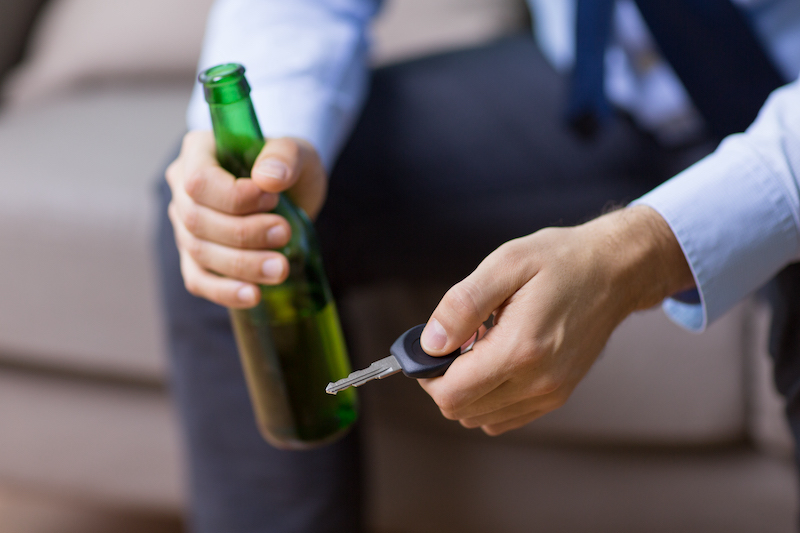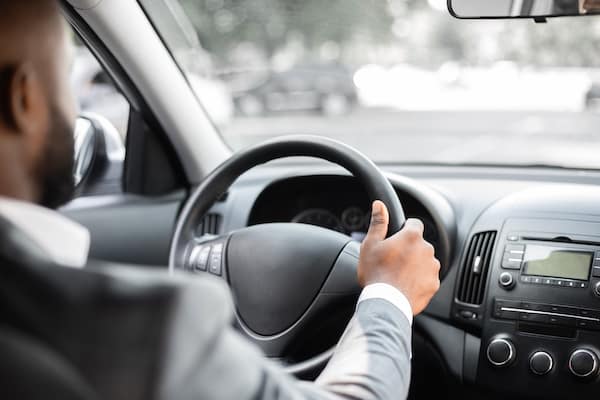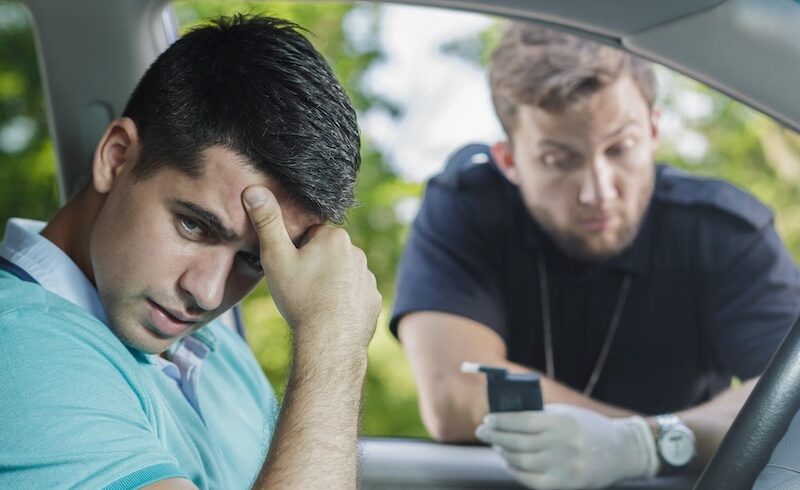
In Illinois, the Secretary of State (SOS) can revoke or suspend your driver’s license for several reasons.
This can be having too many traffic violations, failing to pay your traffic tickets, getting DUIs, or failing to make child support payments. These cases can lead to a suspension or revocation.
A suspension means there’s an end date, while a revocation is usually indefinite and requires a hearing to reinstate. Whatever the case, losing your driving privileges can be quite frustrating. For that reason, you need to know how to get a hardship license.
What is a Restricted Driving Permit?
A Restricted Driving Permit (RDP) gives you the right to drive to certain locations at specific times. You can apply for this license after getting a driving suspension or a revocation.
Typically, the permit has a limit on the number of miles, days, and times you can drive. It can be specific to your unique work requirements or other situations. Sometimes you can ask for a permit before you are eligible for full reinstatement.
Just because the state suspended or revoked your license, doesn’t mean you automatically qualify for a hardship permit in Illinois. You will not be issued the hardship permit just because you want to drive. There are different requirements you need to meet to receive one.
Viable Reasons for Getting a Hardship Permit
During your application, you’ll need to demonstrate that you actually need this permit. Some valid reasons for getting the permit include:
- Driving to and from work
- Driving to and from school
- Medical and disability reasons for yourself, a child, an elderly person or another person in your care.
Even if you meet some of these requirements, they may have limitations. For example, normally a person can’t receive the permit if their school or workplace is just around the block. Plus, meeting these guidelines doesn’t mean you are eligible for an RDP.
Your age may also play a role in the final decision. In some cases, you can be given a driver’s permit that features a monitoring device.
How to Get a Hardship Permit
Now that you know what a hardship permit is, and some reasons for getting one, let’s look at how you can get the permit.
Before submitting the application for the permit, you need to understand the requirements. Some include:
- Provide proof of medical evaluation and treatment
- Attend a hearing before a public officer
- Prove you’re not a danger to the public
- Prove that hardship exists
- Pay $50 filing fee
Attend a Hearing
You must attend a hearing to demonstrate your eligibility for the permit. Keep in mind that you can only request a formal hearing by mail. You’ll need to submit a formal hearing request, which is form DAH H 12 if you qualify for a formal hearing.
Alternatively, you can have an informal hearing if you qualify. This is usually available during normal business hours on a walk-in basis.
During the hearing, there could be three possible outcomes. You could receive a full license reinstatement, reinstatement denial, or a restricted driving permit. You’ll get the hearing results within 90 days after the hearing by mail.
How Long Does it Take to Get the Hardship Permit?
As noted before, it takes about 90 days to receive your hearing results. This is about 10 to 14 weeks from the date of your administrative hearing with the Illinois Secretary of State.
Keep in mind that there’s also a waiting period before your formal hearing. Even after the approval, it still takes some time to get the permit itself.
If your hardship permit application is approved, you’ll receive the approval letter by mail. The mailing will also include petitioner-specific requirements that you must meet. You must complete the paperwork and submit to the SOS.
Your Application Can Be Denied
A hardship permit in Illinois is not a replacement for the actual driver’s license. So, if you want to get a hardship permit, bear in mind that there’s a possibility for rejection.
If you receive a denial letter from the Secretary of State, you can have another hearing within 90 days from the day of the last formal hearing. If you had an informal hearing and received a denial, you can have another hearing after 30 days from the hearing.
You must address the issues raised in the last denial before your next hearing.
Learn How to Receive a Hardship Permit
Getting a driver’s license suspension or revocation doesn’t mean it’s the end of driving. The best way to receive driving privileges is to follow the steps to get a hardship permit in Illinois. If you need some help with this, it’s best to contact a lawyer who understands driver’s license reinstatement process.


